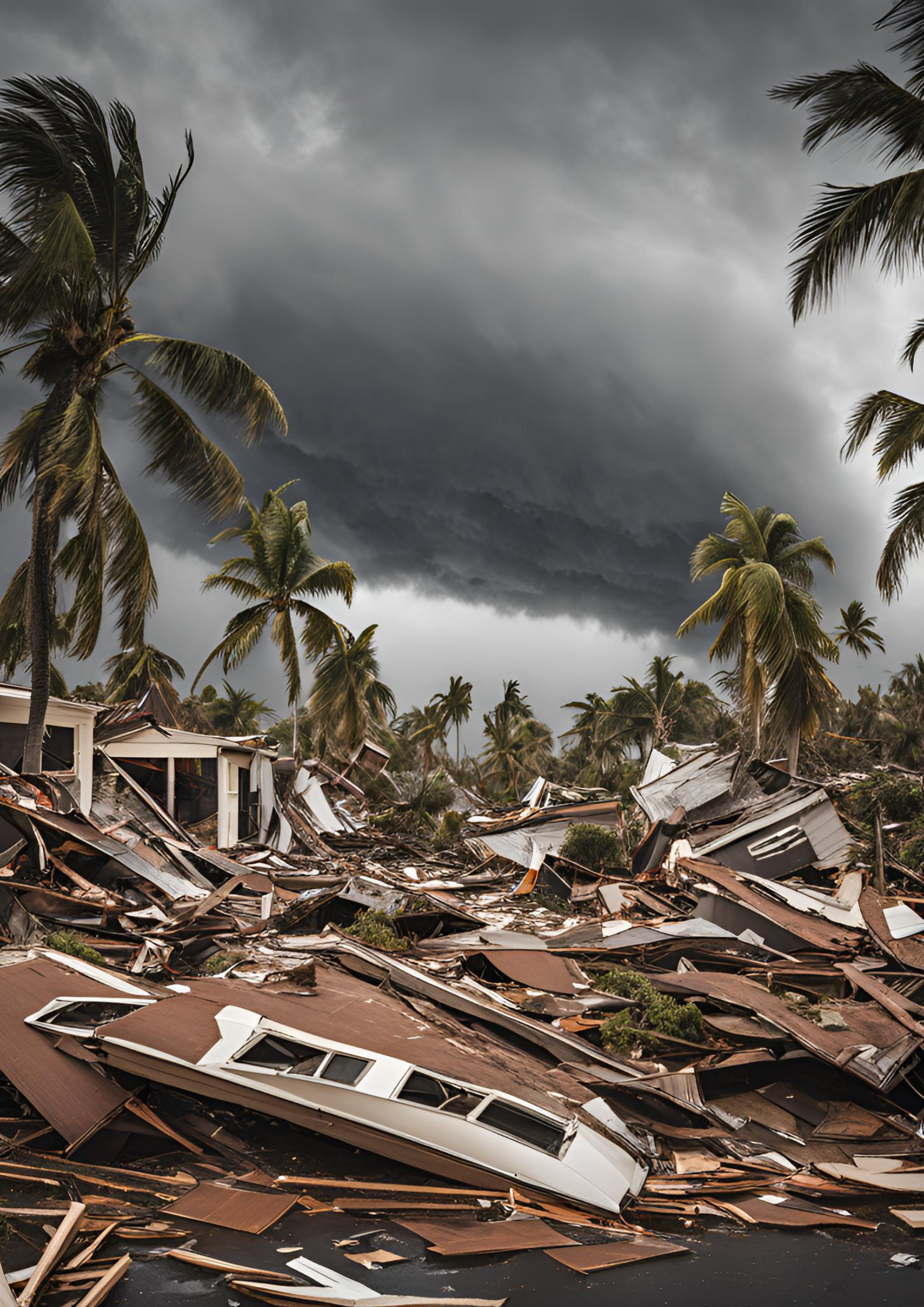Hurricane Helene, which originally meant radiance and brightness, has left devastation in its wake. About 64 person have died, so far, Medialord.ng has learned.
The storm brought massive rains, stranding people, destroying homes, and ravaging across the U.S. Southeast. Millions are without power as cleanup efforts begin.
“I’ve never seen so many people homeless as what I have right now,” said Janalea England from Steinhatchee, Florida. Her fish market became a donation site for neighbors who couldn’t secure insurance.
Helene made landfall as a Category 4 hurricane in Florida’s Big Bend region late Thursday. With winds reaching 140 mph, it moved quickly through Georgia. Governor Brian Kemp described the aftermath, saying it “looks like a bomb went off.”
The storm weakened but continued to soak the Carolinas and Tennessee with heavy rain, flooding creeks and rivers. Western North Carolina faced isolation due to landslides. This delayed the East Tennessee State University football game against The Citadel.
Countless water rescues occurred. In Unicoi County, East Tennessee, helicopters rescued dozens from a hospital rooftop. Buncombe County, North Carolina, also faced ongoing rescues, with parts of Asheville submerged.
“To say this caught us off guard would be an understatement,” said Sheriff Quentin Miller.
Resident Mario Moraga described the scene as “heartbreaking.” He noted, “There’s no cell service here. There’s no electricity.” Emergency Services Director Van Taylor Jones mentioned ongoing difficulties in contacting next of kin due to downed cell towers.
Hurricane Helene, a post tropical cyclone with more devastation…
The storm is now a post-tropical cyclone, expected to linger over the Tennessee Valley. North Carolina experienced its worst flooding in a century. The community of Spruce Pine received over 2 feet of rain within days.
In Atlanta, rainfall reached 11.12 inches over 48 hours, the highest since records began in 1878. President Joe Biden called Helene’s destruction “overwhelming” and approved a disaster declaration for North Carolina.
The storm is now the deadliest tropical cyclone for South Carolina since Hurricane Hugo in 1989. At least 25 deaths occurred in the state, with fatalities also reported in Florida, Georgia, North Carolina, and Virginia.
Moody’s Analytics estimates property damage between $15 billion and $26 billion. AccuWeather forecasts total damages and economic losses from Helene could reach between $95 billion and $110 billion.
Evacuations began before the storm, with ongoing rescues as lakes overtopped dams. Helicopters aided those trapped in flooded homes.
Among the 11 confirmed deaths in Florida, nine were individuals who drowned in a mandatory evacuation zone in Pinellas County. Taylor County, where Helene made landfall, has been hit by several storms in recent years.
“It’s bringing everybody to reality about what this is now with disasters,” said local resident John Berg.
Experts note that climate change intensifies storms. Helene was the eighth named storm of the Atlantic hurricane season, which began June 1. NOAA predicts an above-average season due to record-warm ocean temperatures.

Leave feedback about this